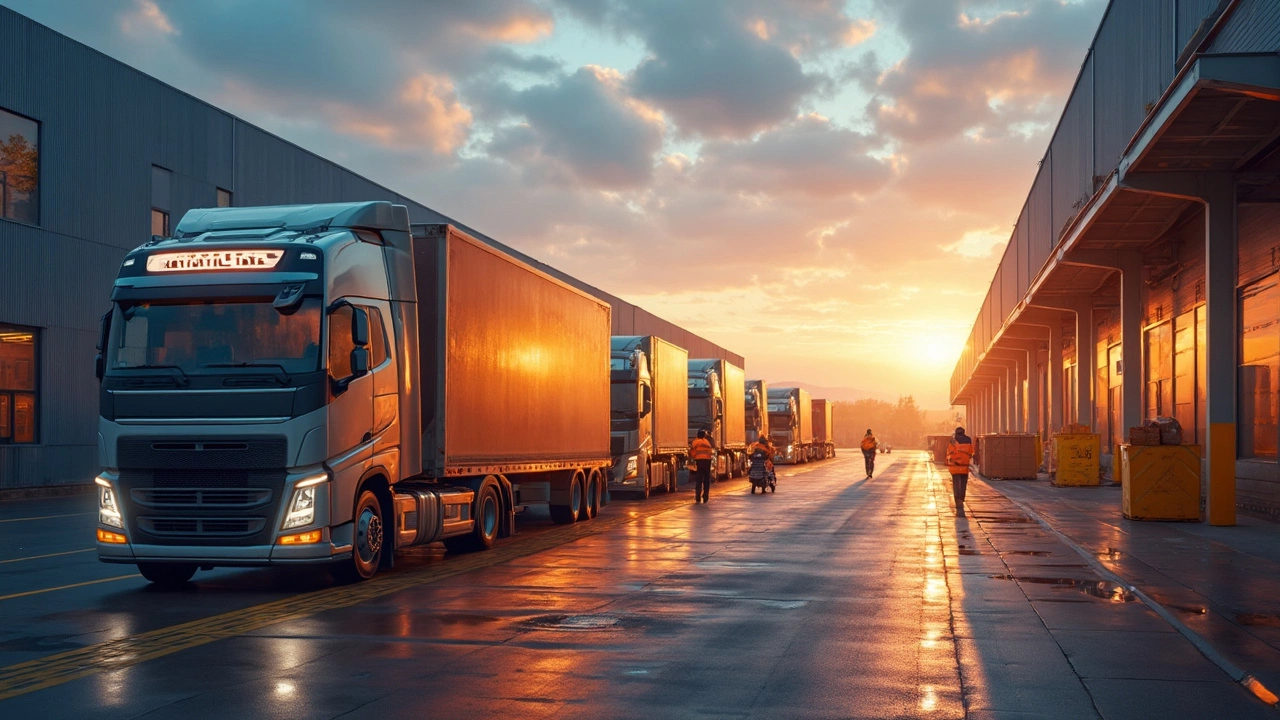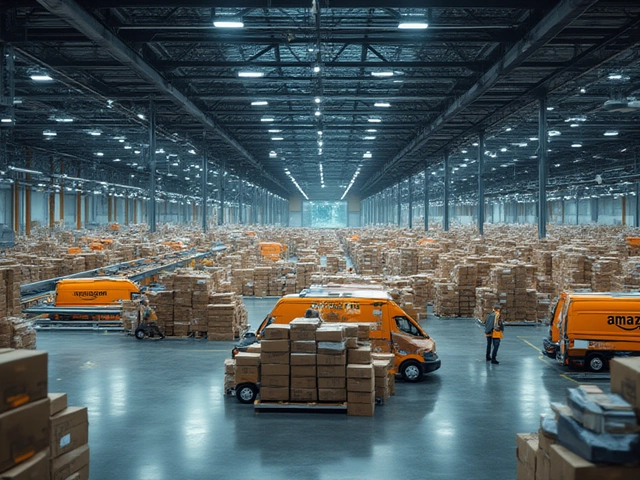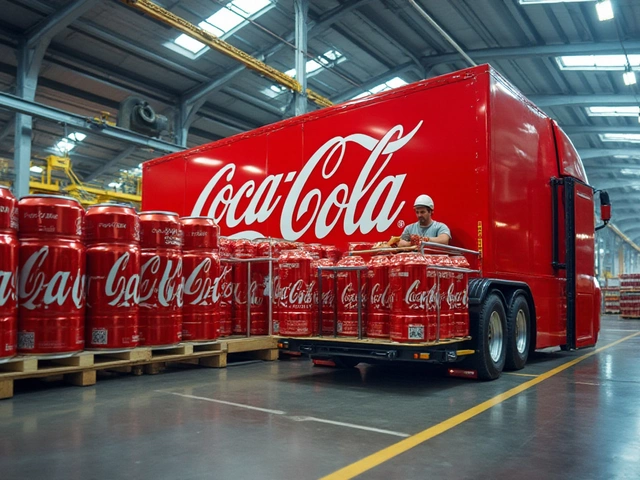Distribution Centers – What They Are and Why They Matter
If you’ve ever wondered why online orders arrive fast, a big part of the answer is the distribution center. Think of it as a middle‑point where products get sorted, stored, and shipped out. It’s not a retail shop and it’s not a factory – it’s the hub that keeps inventory moving efficiently.
Running a distribution center well means you can cut shipping costs, reduce stock‑outs, and get customers happier. That’s why companies of all sizes invest in the right location, technology, and processes. Below we break down the basics and point you to some handy reads from our blog.
How Distribution Centers Fit Into the Supply Chain
A typical supply chain looks like: manufacturer → supplier → distribution center → retailer or customer. At the center, items are received, checked, and placed on shelves or pallets. When an order comes in, software tells workers which items to pick, pack, and load onto the right truck.
Because the center sits close to major highways or rail lines, it shortens the distance to the final destination. That’s the secret sauce behind same‑day or next‑day delivery promises. It also lets businesses keep smaller safety stock at each store while holding bulk inventory in one place.
Choosing the Right Distribution Center Tools
Modern centers rely on Warehouse Management Systems (WMS) to track every SKU. A good WMS shows real‑time stock levels, suggests the fastest picking route, and integrates with transport management tools. If you’re just starting out, a cloud‑based WMS can be cheaper and easier to set up than a heavyweight on‑prem solution.
Automation is another game‑changer. Conveyors, robots, and voice‑pick technology speed up orders and lower error rates. You don’t need a fully automated plant – even a few smart scanners can boost accuracy.
Below are some of our most relevant posts that dive deeper into each piece of the puzzle. Click the titles to read the full articles.
- Supply Chain Steps Before Last Mile Delivery: Full Breakdown – Explore every stage from receiving goods to loading trucks.
- Types of Warehouse Management Systems: Guide to the Four Main WMS Models – Find out which WMS fits your business size and budget.
- Understanding Last Mile Delivery Risks: Challenges, Solutions & Best Practices – Learn how the final hop can make or break customer satisfaction.
- Best Logistics Companies in 2025: How to Choose the Top Shipping Partner – Get criteria for picking a carrier that works with your distribution hub.
- What Software Is Used in Supply Chain Management? Types, Tools, and How to Choose (2025 Guide) – A broader look at the tech stack supporting distribution centers.
Remember, the goal of a distribution center is simple: move products from point A to point B as fast and cheaply as possible. By picking the right location, investing in a solid WMS, and adding automation where it makes sense, you set up a system that scales with demand.
Ready to revamp your logistics? Start by mapping where your current inventory lives, then compare it with the locations of your major customers. If the gap is big, a new distribution center could shrink it dramatically.
Keeping an eye on technology trends will also pay off. New AI‑driven demand‑forecasting tools can tell you which items to stock ahead of seasonal spikes, letting your distribution center stay ahead of the curve.
In short, a well‑run distribution center is the beating heart of modern supply chains. It cuts costs, speeds delivery, and keeps customers coming back. Use the resources above to deepen your knowledge and start building a better logistics network today.
March 15, 2025
Evelyn Wescott
0 Comments
Warehouses come in various forms, each serving distinct purposes in supply chain management. The three major types include distribution centers for quick product movement, climate-controlled facilities for delicate items, and public warehouses offering flexible storage solutions. Businesses can optimize operations by choosing the right type of warehouse for their needs. Decisions often rest on factors like location, storage conditions, and logistical demands.




